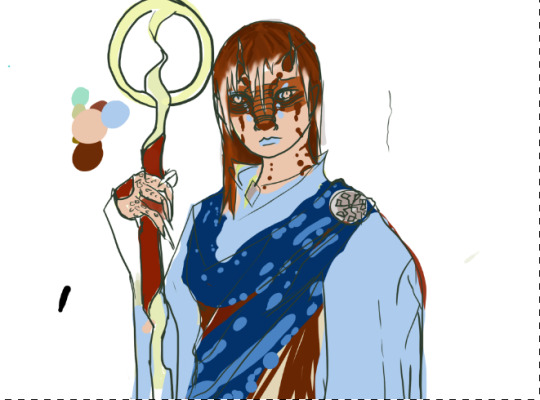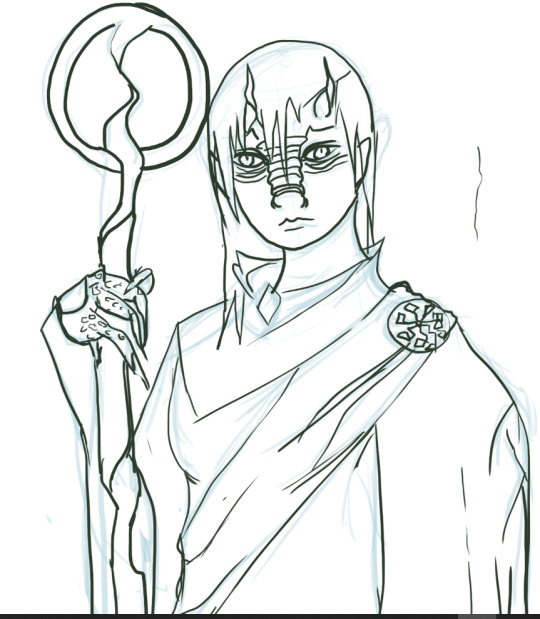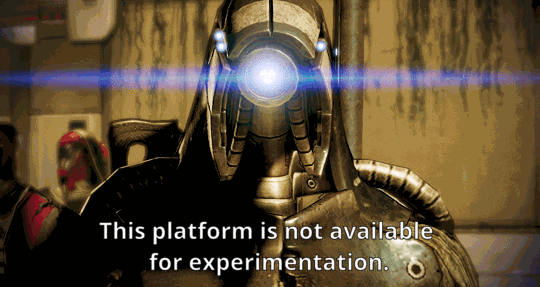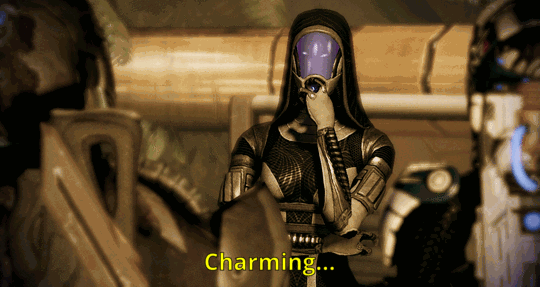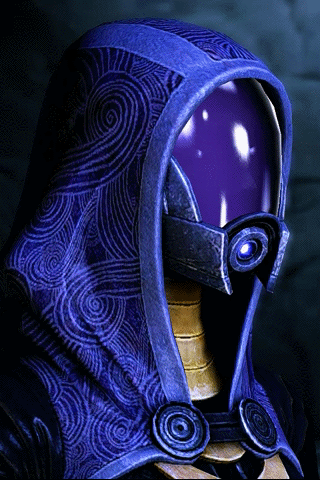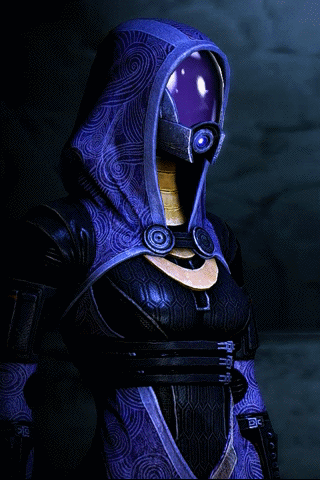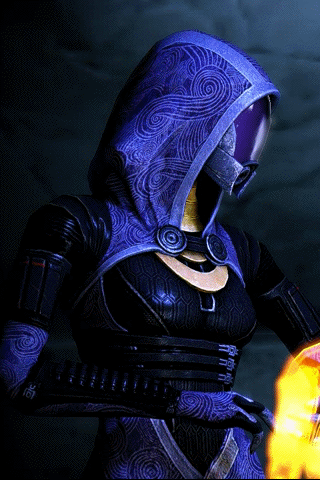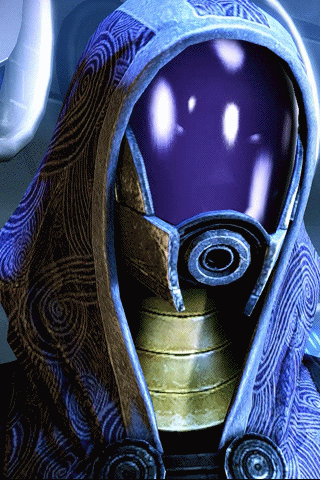A place of varied things. Mostly art of OC's and spontaneous thoughts. Who knows what you'll find here. A journey perhaps...
Don't wanna be here? Send us removal request.
Text
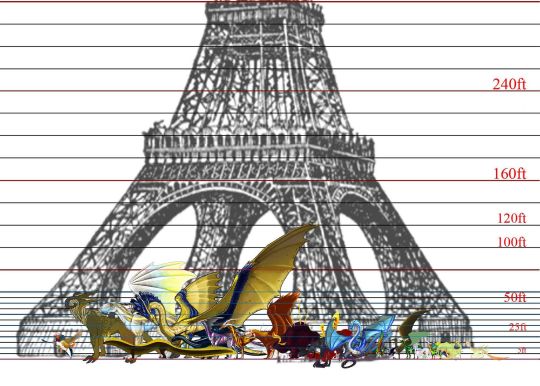
A size chart for some of the dragons on SF! From left to right we have : Air Narcissa, Earth Ammit, Earth Cereus, Water Chary, Celestial Aurum, Gravity Lagrange, Karma Galileo, Glass Gloire, Ruin Yuurei, Sonic Phantasmagoria, Gravity Tachyon, Water Tempest, Metal ??? , Forest Adirondack, Air Auster, Rosemary Salus, Influenza Carcinoma, and Forest Psam
0 notes
Text
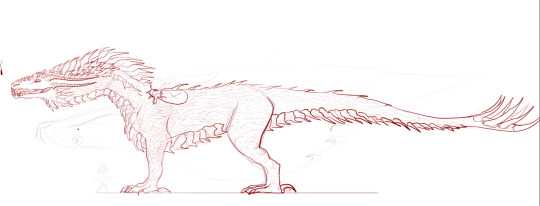
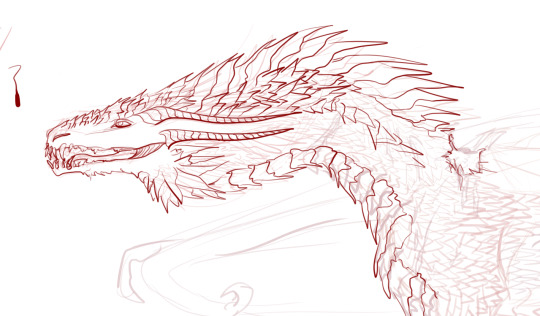
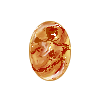
My Fire Dragon, Smallfire, who is by all accounts not small at all. Need to draw her rider, Calaryn. I avoid humans at all costs apparently. More fun to draw scales and snarls!
0 notes
Text

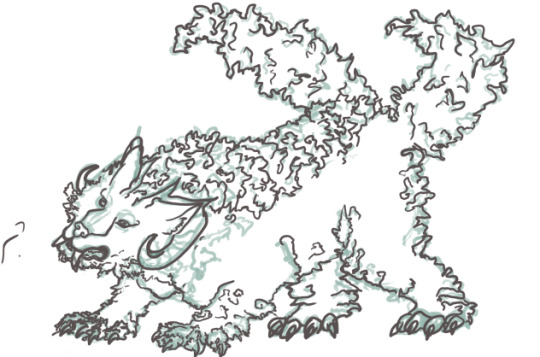
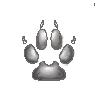
My Sundasher Dire wolf, Fenrir. Need to draw his handler, Nealious soon! Cutie Icon by MEGS
0 notes
Text
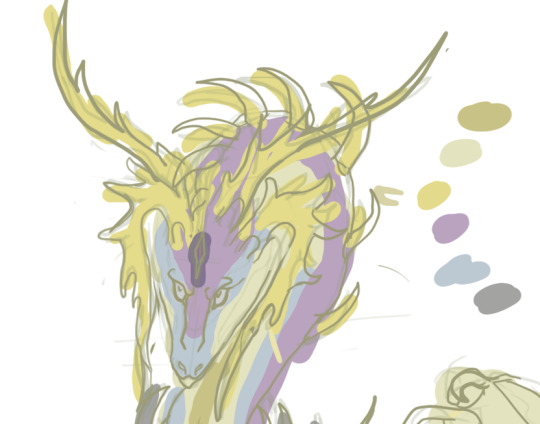
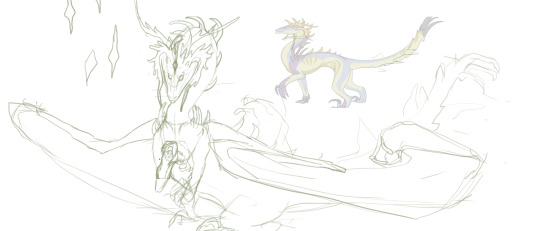

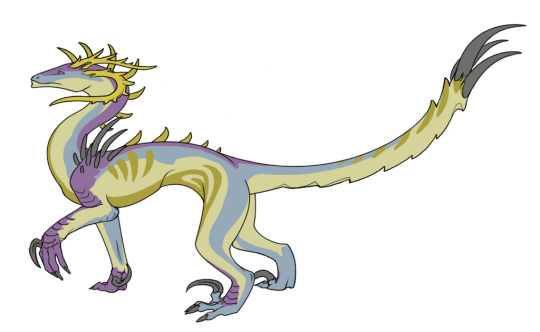
My Lightning Dragon, Perkele on Sekkai Fractures. Need to draw her rider, Asmeain soon!
0 notes
Text

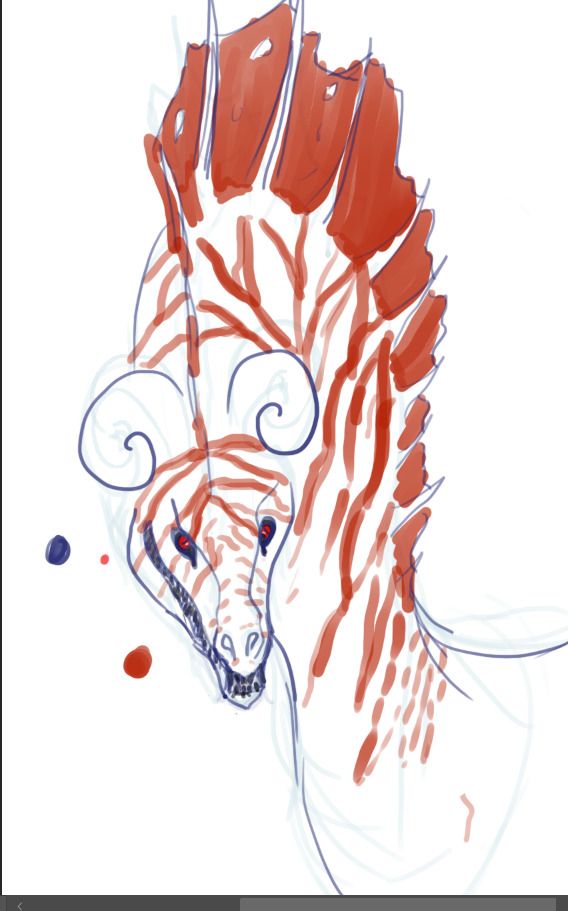
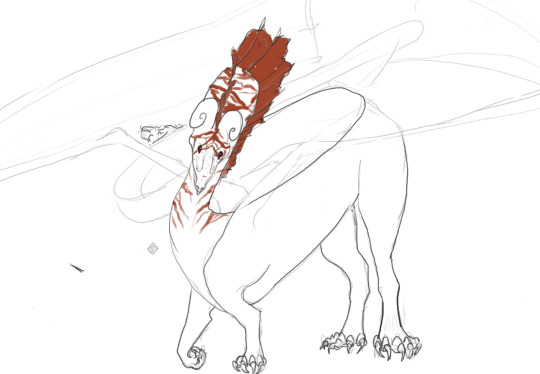
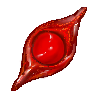
Works for Cochlear, my Tainted Water dragon on Sekkai Fractures. A piece of fanart from ToxicBeast on SF included.
0 notes
Photo
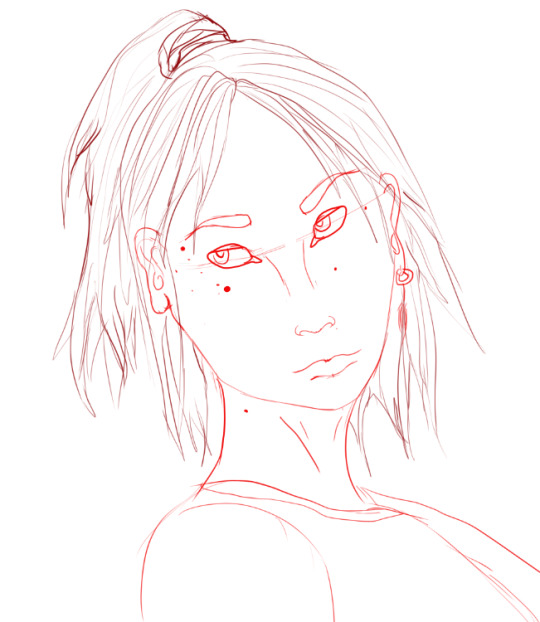
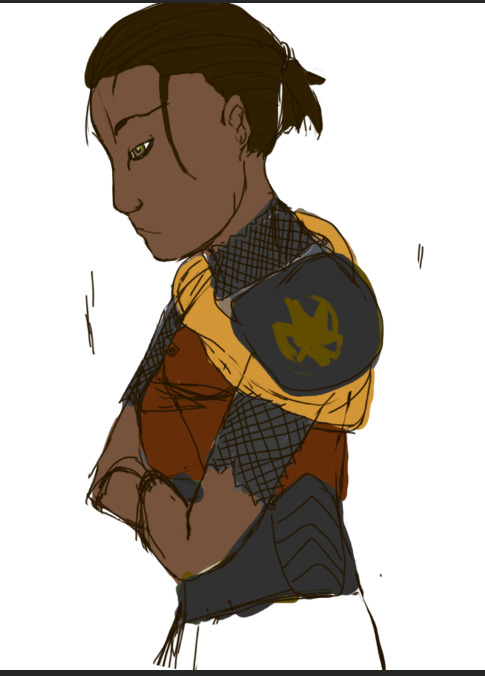
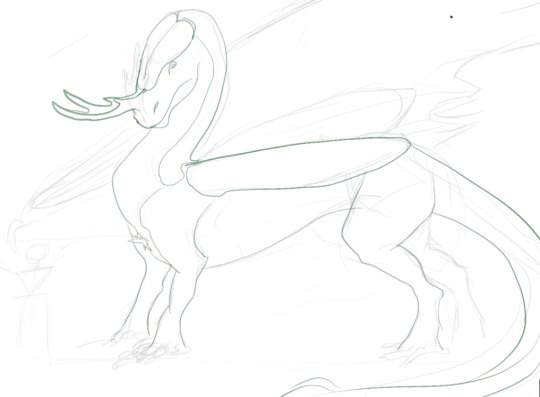
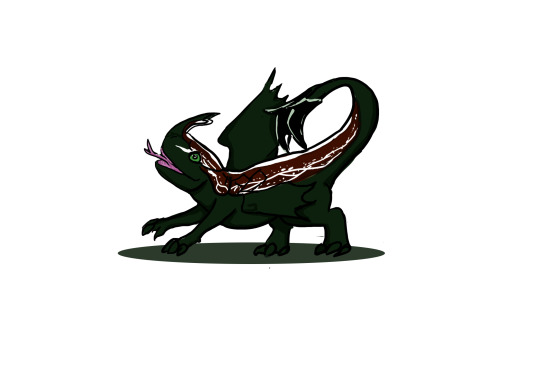

A more recent drawing vs a far older drawing of my dragon rider, Eris, and her bonded Forest Khatar!
0 notes
Photo
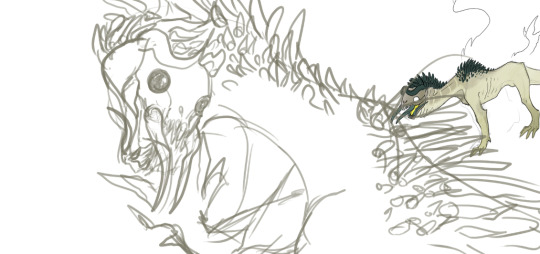
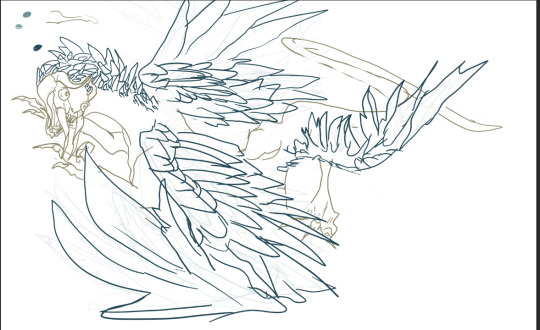
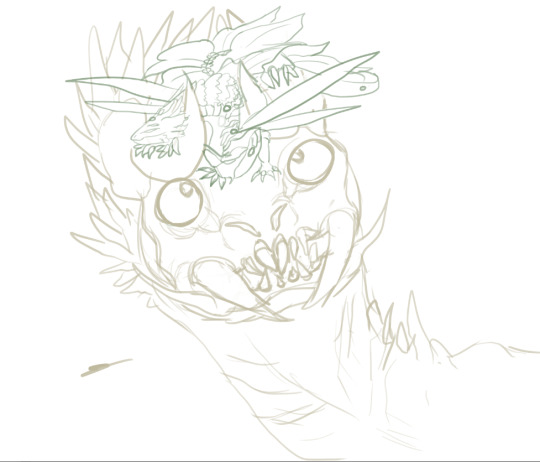
Some Bisphosphonate doodles, love my Bone dragon boy!
0 notes
Photo
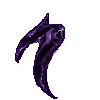
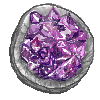
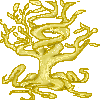


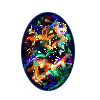

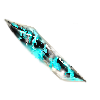

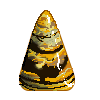
Some pixel requests for my Sekkai Fractures crew. Grow my crystals, grow!
0 notes
Photo

How the heart affects our perception
Heart and brain communicate constantly. For example, when we encounter a dangerous situation, signals from the brain make sure that the heart beats faster. When we relax the heart slows down. Interestingly, vice versa - the heartbeat also affects the brain but the underlying mechanisms are unclear. Researchers at the Max Planck Institute for Human Cognitive and Brain Sciences (MPI CBS) in Leipzig and Berlin School of Mind and Brain have now identified two mechanisms underpinning how the heart influences our perception, the brain, and how these mechanisms differ between individuals.
The first mechanism establishes a relationship between the phase of the heartbeat and conscious experience. In a regular rhythm, the heart contracts in the so-called systolic phase and pumps blood into the body. In a second phase, the diastolic phase, the blood flows back and the heart fills up again. In a previous publication from the MPI CBS, it was reported that perception of external stimuli changes with the heartbeat. In systole, we are less likely to detect a weak electric stimulus in the finger compared to diastole.
Now, in a new study, Esra Al and colleagues have found the reason for this change in perception: Brain activity is changing over the heart cycle. In systole a specific component of brain activity, which is associated with consciousness, the so called P300-component is suppressed. In other words, it seems that – in systole – the brain makes sure that certain information is kept out of conscious experience. The brain seems to take into account the pulse which floods the body in systole and predicts that pulse-associated bodily changes are “not real” but rather due to the pulse. Normally, this helps us to not be constantly disturbed by our pulse. However, when it comes to weak stimuli which coincide with systole we might miss them, although they are real.
During their investigations on heart-brain interactions, Al and colleagues also revealed a second effect of heartbeat on perception: If a person’s brain shows a higher response to the heartbeat, the processing of the stimulus in the brain is attenuated – the person detects the stimulus less. “This seems to be a result of directing our attention between external environmental signals and internal bodily signals.”, explains study author Al. In other words, a large heartbeat-evoked potential seems to reflect a “state of mind”, in which we are more focused on the functioning of our inner organs such as the blood circulation, however less aware of stimuli from the outside world.
The results not only have implications for our understanding of heart-brain interactions in healthy persons, but also in patients. The senior author, Arno Villringer explains, “The new results might help to explain why patients after stroke often suffer from cardiac problems and why patients with cardiac disease often have impaired cognitive function.”
The researchers investigated these relationships by sending weak electrical stimuli to electrodes clamped onto the study participants fingers. In parallel, they recorded each participants’ brain processes using an EEG and their cardiac activity using an EKG.
277 notes
·
View notes
Photo

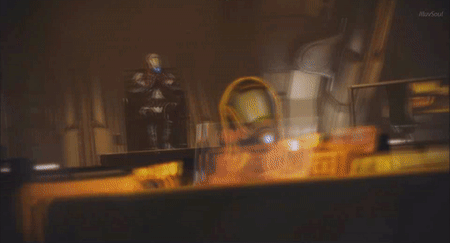
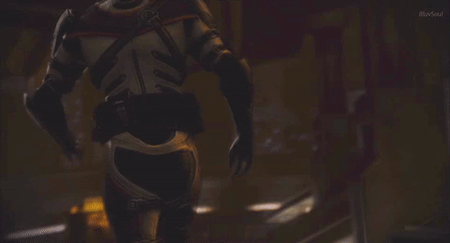
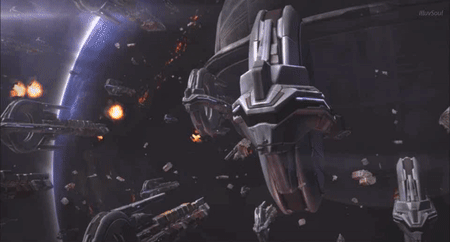
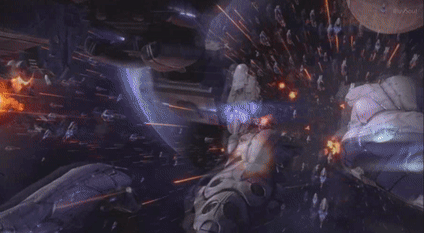
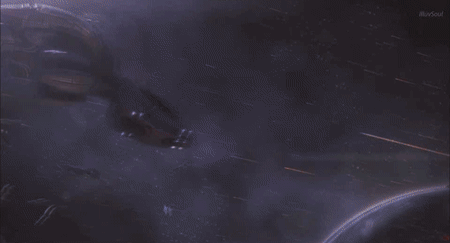
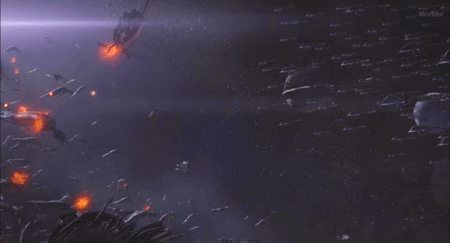
“Admiral! The Geth defensive line has broken !”
“All ships. Finish them off”
151 notes
·
View notes
Photo

did a few changes to the female quarian design and made it into a gif
(quarian face based off this design)
hope its ok haha
841 notes
·
View notes
Photo
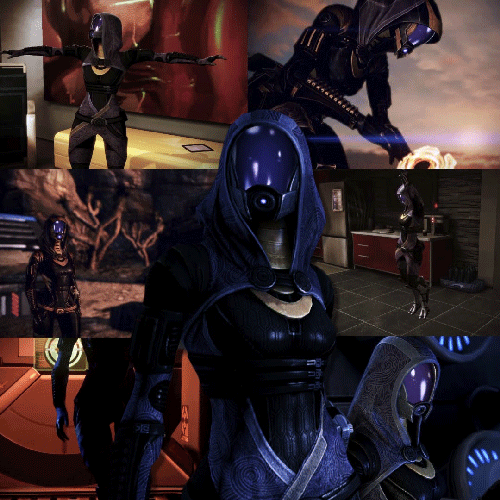
“After time adrift among open stars, along tides of light and through shoals of dust, I will return to where I began.”
1K notes
·
View notes
